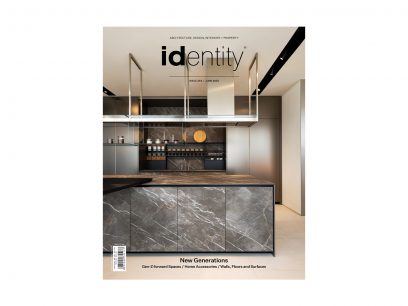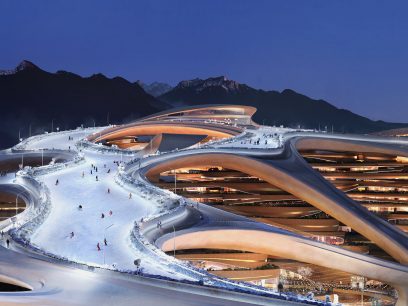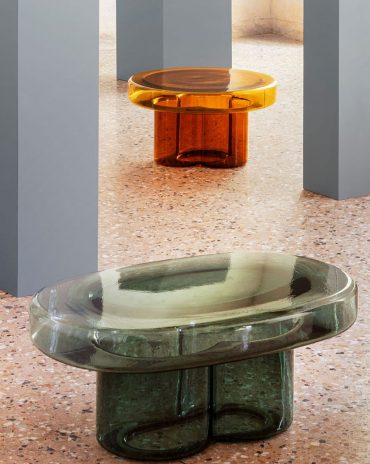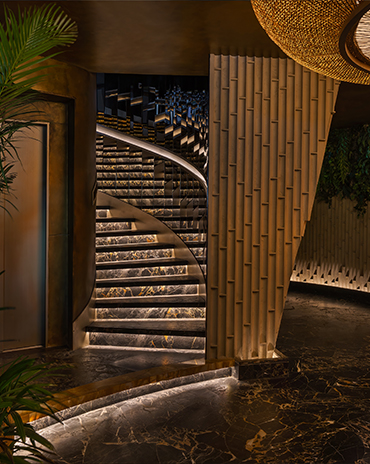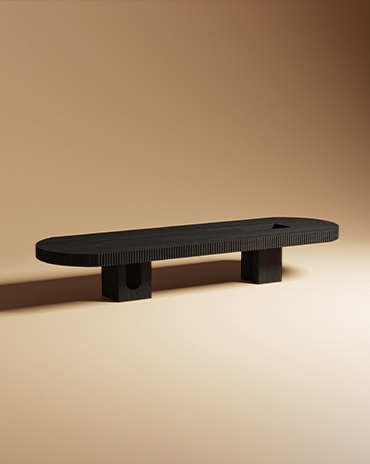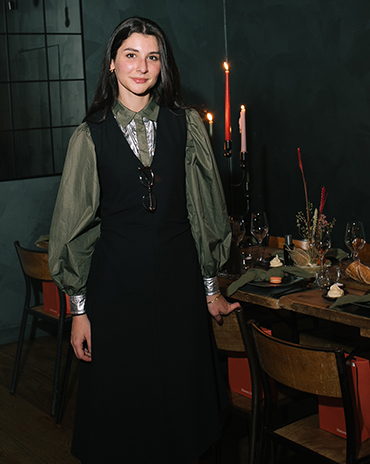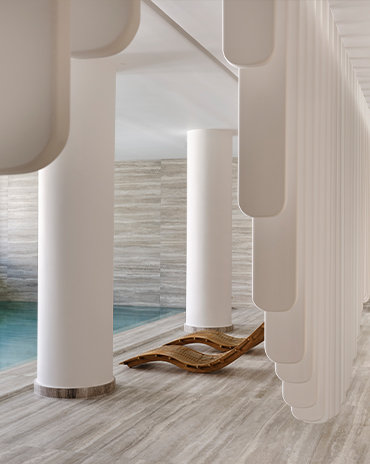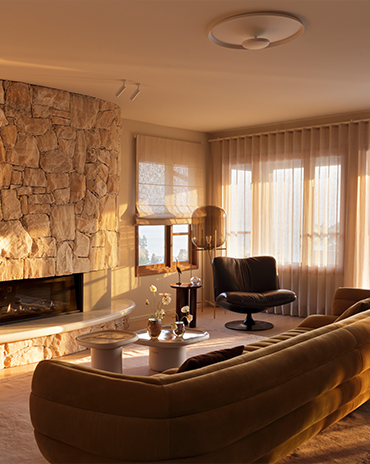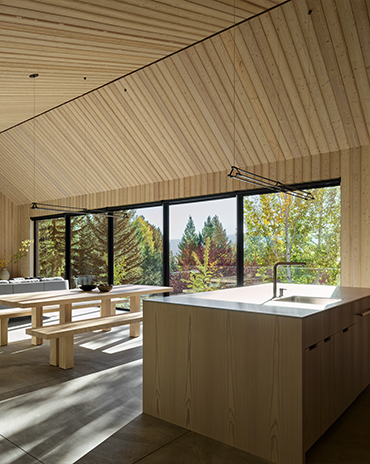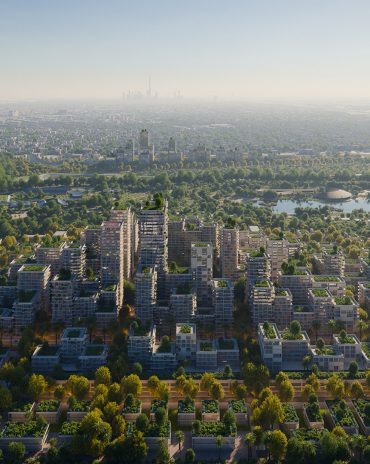Copyright © 2025 Motivate Media Group. All rights reserved.
2020 has changed the way we look at interiors, says Vanessa Northway of Heriot-Watt University Dubai
Northway discusses the importance of wellness, sustainability and digital solutions in interior design
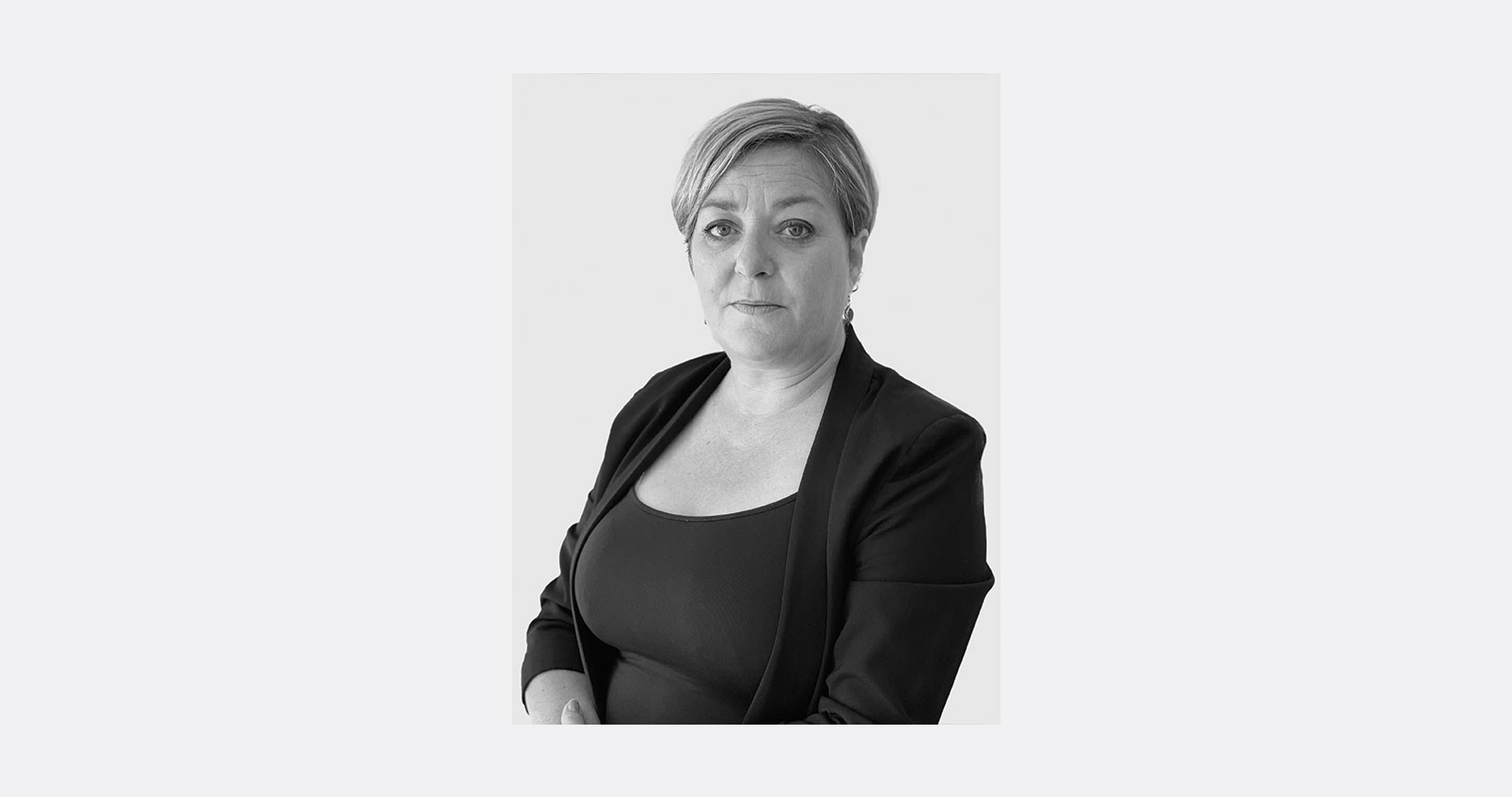
Vanessa Northway is the Associate Head of School, Associate Professor, School of Textiles & Design, and Senior Teaching Fellow at Heriot-Watt University Dubai.
id sponsorship: As the world continues to come to terms with spending most of its time indoors, interior design has gained more prominence than ever before. Although restrictions are gradually lifting, concerns stemming from a pandemic-driven 2020 could well last into the foreseeable future.
Homes were places of refuge and sanctuary; offices were places of productivity and creativity. However, 2020 has changed the way we look at our interiors, with people working from home rather than their workplaces for extended periods of time. Therefore, there are many lessons that we can learn and implement while designing spaces for homes and offices. The focus has shifted towards wellness, sustainability and the use of technology, all of which may not have been a priority when creating spaces a few years ago.
Today, wellness and sustainability are two critical pillars to focus on while designing spaces. Wellness refers to a balanced living area that addresses air and water quality, lighting, comfort and clutter-free space while also bringing out the best in you, emotionally and productively. Sustainability ensures the use of products and materials that are suitable for your living space and do not adversely affect the outside environment. Wellness and sustainability can be achieved by using the right amount of lighting for your room, decluttering, using air-purifiers or dehumidifiers, incorporating indoor plants, using products made from recycled or reclaimed materials, and using non-toxic and non-polluting products that are organic and not treated with pesticides. Organic cotton, bamboo, jute, cork and felt are some environmentally conscious alternatives to traditional materials. Bamboo, for example, is 100 per cent biodegradable, antibacterial and eco-friendly, if not chemically processed. User well-being and sustainability should not only be restricted to gyms, gardens or yoga centres, but also incorporated while designing homes and offices. Keeping customers’ well-being at the heart of each design project should be at every interior designer’s core.
The next key element will be the incorporation of innovative digital solutions in homes and office spaces. Technologically empowered fixtures such as intelligent lighting, low-flow taps, smart fridges or even solar-powered lights and doorbells can significantly contribute towards energy, water and monetary savings. In fact, LED light fixtures use at least 25 per cent less energy and last longer than traditional bulbs.
Finally, interior design professionals will need to be futuristic in their design approach to keep pace with global technological advancements. Virtual reality and 3D printing have already been introduced in architecture, and these technologies are here to stay. Understanding the fundamental requirements of working with technology to support industry demands is the need of the hour, to safeguard the future of interior designing.
At Heriot-Watt University, our interior design courses focus on equipping students with proper knowledge while also addressing current design and technology trends. By helping future interior design professionals concentrate on sustainable and technologically-driven solutions through our courses, we hope to continue contributing positively to the industry in the UAE and the region.
The Latest
Things to Covet in June 2025
Elevate your spaces with a pop of colour through these unique pieces
Designing Spaces with Purpose and Passion
We interview Andrea Savage from A Life By Design – Living & Branding on creating aesthetically beautiful and deeply functional spaces
Craft and Finesse
EMKAY delivers a bold and intricate fit-out by transforming a 1,800 sqm space into SUSHISAMBA Abu Dhabi, a vibrant multi-level dining experience
An Impressive Entrance
The Synua Wall System by Oikos offers modularity and style
Drifting into Summer
Perennials unveils the Sun Kissed collection for 2025
The Fold
Architect Rabih Geha’s collaboration with Iwan Maktabi
From Floorplans to Foodscapes
For Ayesha Erkin, architecture was never just about buildings, but about how people live, eat, gather and remember
Between Sea and Sky
Cycladic heritage, heartfelt hospitality and contemporary design converge on Deos Mykonos, designed by GM Architects
A Fresh Take on ’70s Style
Curved shapes and colourful artworks bring vibrancy to this contemporary home with mesmerising nature views
Into the Woods
Perched among the treetops, this serene home’s permanent connection to nature invites dwellers to unplug and unwind
A New Chapter for Dubai – Jebel Ali Racecourse
A.R.M. Holding and BIG unveil visionary masterplan around Jebel Ali Racecourse


